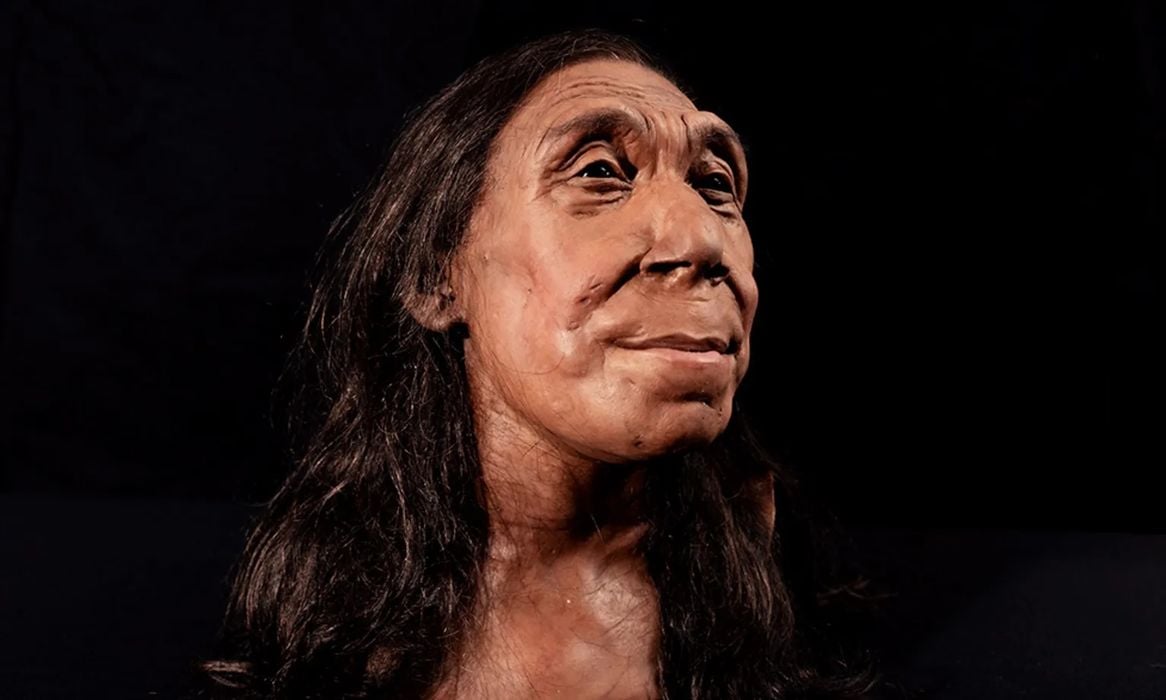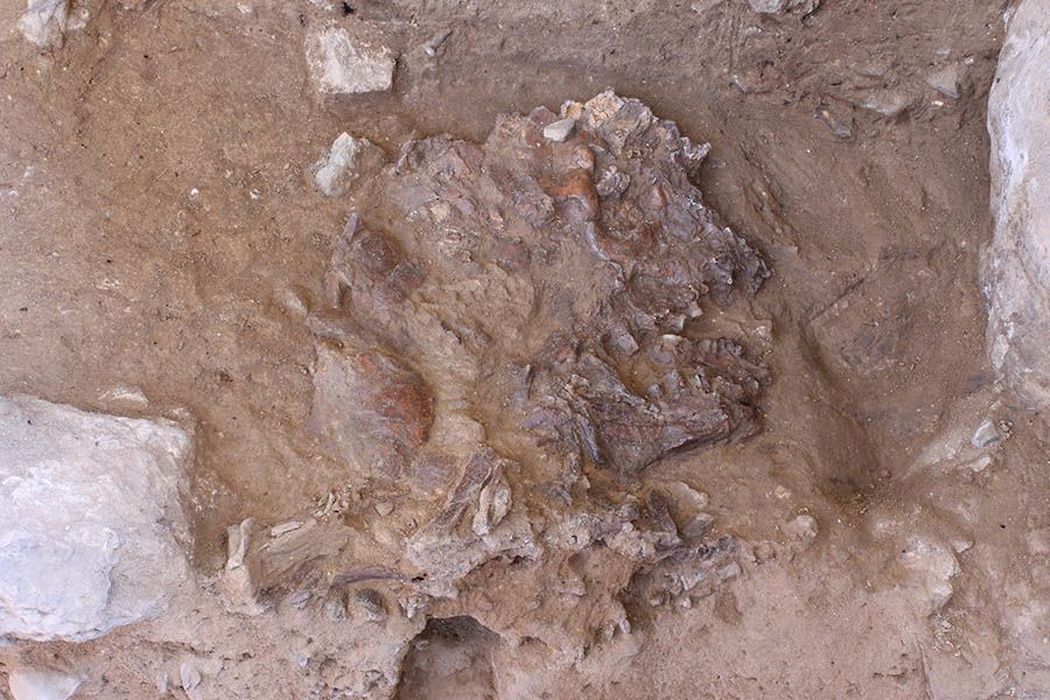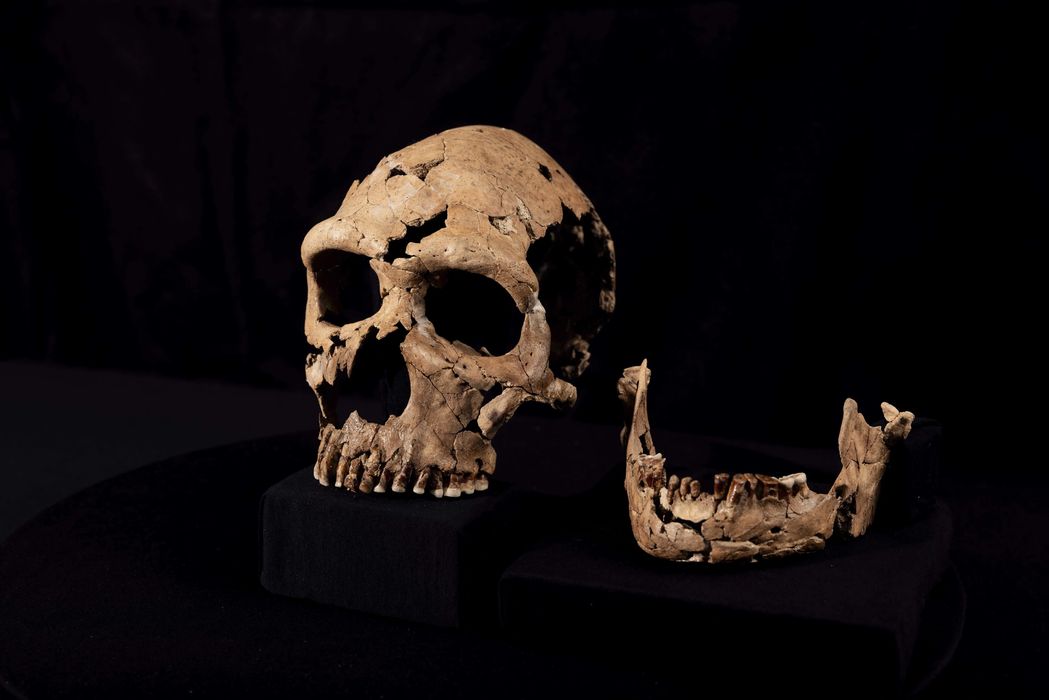
This week’s selection is the Neanderthal Woman 3D model by researchers at the University of Cambridge.
The face shown above might seem to be of a friendly woman with slightly odd features, but there’s quite a story behind the image. She’s not human: she is a Neanderthal.
Constructing this 3D model was an incredible feat. It all began with the discovery of a fossilized Neanderthal skull in the famous Shandiar Cave in Iraqi Kurdistan. This large cave was home for waves of humans and related species over hundreds of thousands of years. Archaeologists have long been excavating at this site, making incredible discoveries.

The skull in question was first discovered in this state. It was flattened due to the pressure from layers of earth piled on top over many centuries.
The researchers painstakingly extracted all 200 fragments of the skull over the course of months. Then, using glue and anatomical expertise, they were able to reassemble the skull into its original geometry.

When completed, the skull, including the lower jaw, looked like this. It’s not quite complete, but close enough for analysis and further work.
The next step was to perform a detailed 3D scan of the assembled skull. This was then 3D printed, and passed to a pair of “paleoartists”.
They were able to reconstruct the true face of the skull by applying muscles, skin and hair to the 3D printed surface. This is also done to help identify unidentified bodies, but also works for prehistoric fossils.
After a detailed paint, the result is quite astonishing: you are able to look into the eyes of someone — a Neanderthal — that lived 75,000 years ago. She looks nothing like the crude approximations of Neanderthals made in the 19th century.
It does not seem that the final face has been 3D scanned, but I’m hoping that the University of Cambridge does so in the future.
I’d like to meet this person, via 3D printing.
